
Scientists conduct a solar spectrum experiment at a Chinese Academy of Sciences' laboratory in Shanghai. ZHANG JIANSONG/XINHUA
Chinese cities, led by metropolises such as Beijing and Shanghai, have shown their strengths in science and technology innovation in recent years, increasing their international influence and attracting additional talent.
Beijing ranks first globally on a list of cities for scientific research output, according to the Nature Index 2022 Science Cities supplement released in late November. It is the sixth consecutive year the Chinese capital has ranked top since it surpassed New York for the first time in 2016.
Released by Nature Portfolio, a branch of the internationally renowned science and technology publishing agency Springer Nature, the Nature Index tracks research output published in 82 top-notch natural science journals.
Along with related agencies, it presents an overall view of high-quality global research output and cooperation.
Beijing takes up nearly one-fifth of national research output in the Nature Index. Among the top 500 research agencies in the world, 23 are located in Beijing, 14 in New York, 12 in Shanghai, seven in Boston, and six in the San Francisco Bay Area.
The capital is also the largest inter-city scientific research center for cooperation in China. Most important scientific research cooperation is carried out in Beijing, which is also an essential partner to many cities in terms of cooperative relationships.

Scientists study molecules at a Chinese Academy of Sciences' laboratory in Shanghai. ZHANG JIANSONG/XINHUA
Rapid progress
Beijing is home to the first high-tech park in China — Zhongguancun Science Park. The venue boasts dozens of universities, including Tsinghua University, numerous research institutions affiliated to the Chinese Academy of Sciences, and some 300 research and development, or R&D, centers for multinational companies.
Caroline Wagner, a science policy researcher at Ohio State University in Columbus, United States, said industries, universities and government institutions have gathered together to form a feedback loop. This feedback system accelerates the creation of scientific knowledge and pushes more scientific research to the forefront.
According to official statistics, the number of R&D personnel in Beijing last year reached 338,000, with 76,000 engaged in basic research. The overall scale and quality of scientific talent in the capital continues to rise.
Xu Qiang, director of Zhongguancun Management Committee, said Beijing has the strongest science and technology foundation and the most concentrated innovation resources in China.
"In recent years, Beijing's strategic scientific and technological forces have made landmark achievements. Related reform has achieved breakthrough progress," he said.
"Next, Beijing will focus on training and gathering strategic scientists and young scientific talent to improve the basic research capacity of universities and the ability of scientific research institutes to tackle key problems.
"We will further encourage leading enterprises and internationally influential companies to strengthen their abilities, especially in providing a favorable international innovation environment."
A science and technology innovation center that will have global influence is being built at Huairou Science City in Beijing's northeastern district of Huairou.
A total of 29 scientific facilities laid down in the Huairou Science City construction plan during the 13th Five-Year-Plan period (2016-2020) were completed this year.








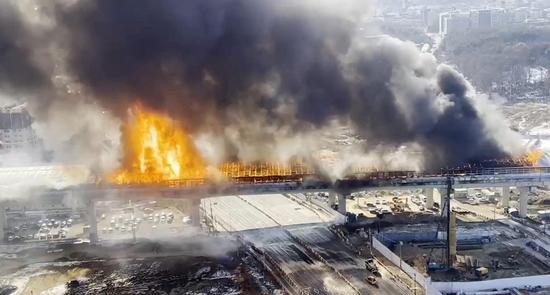


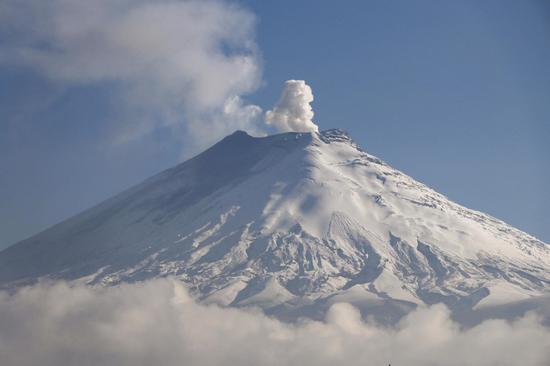

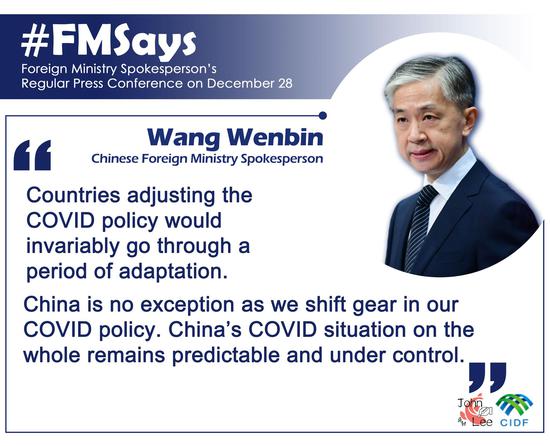
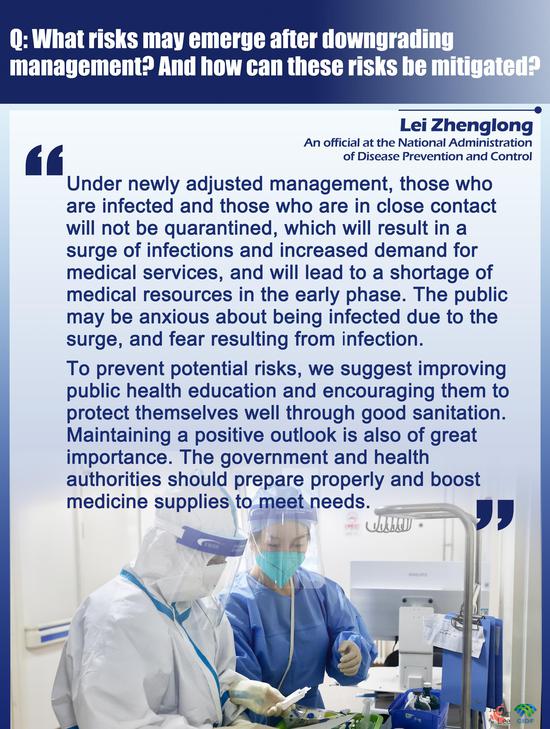
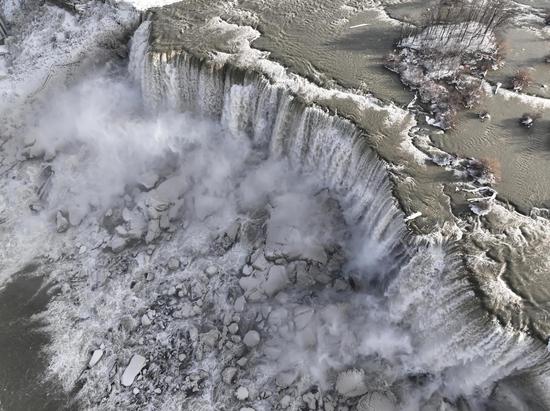
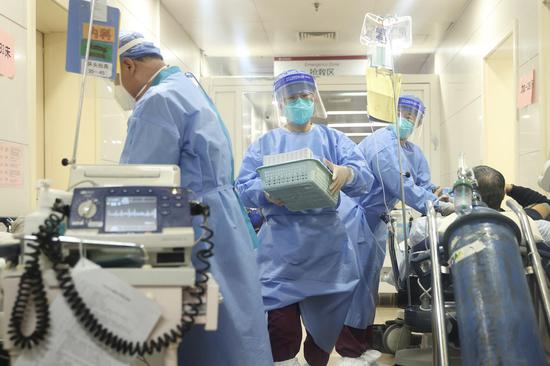
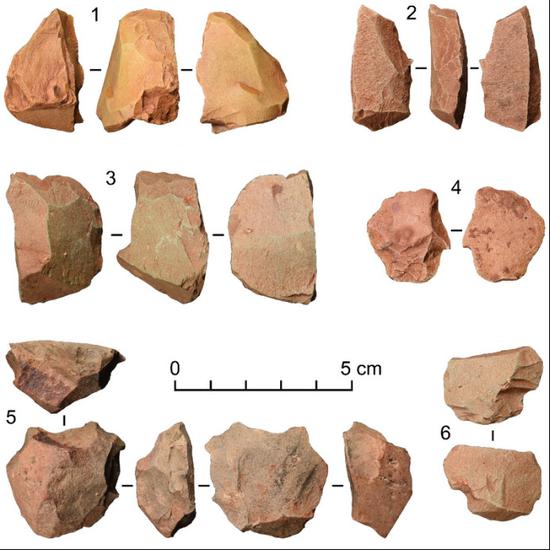

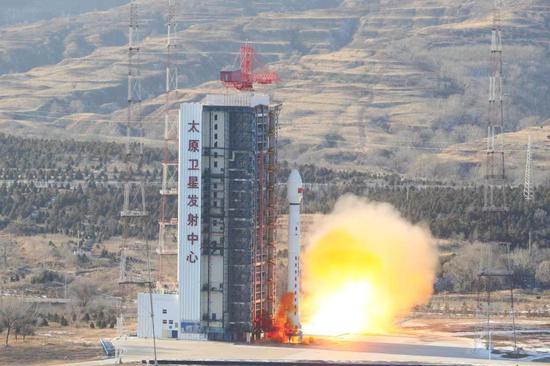


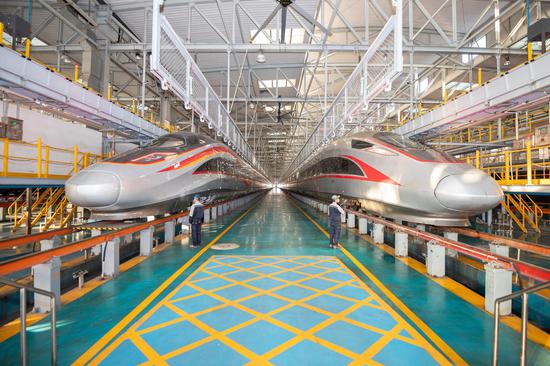

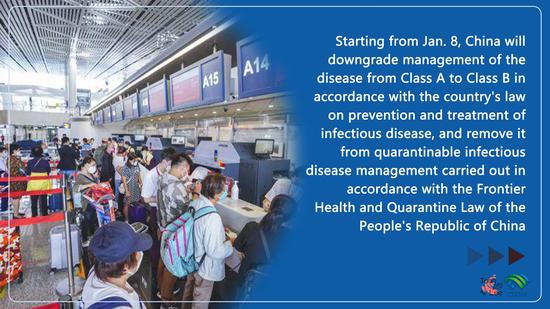
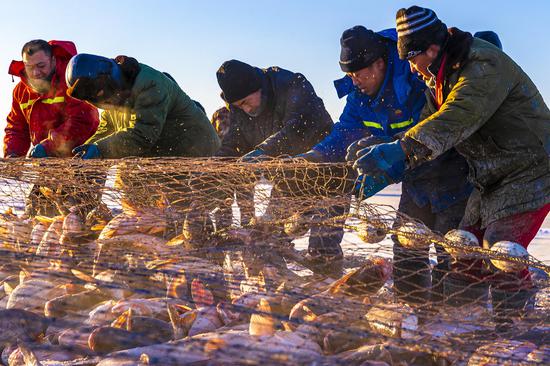

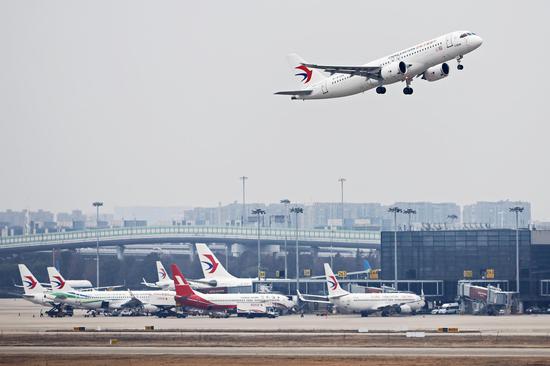
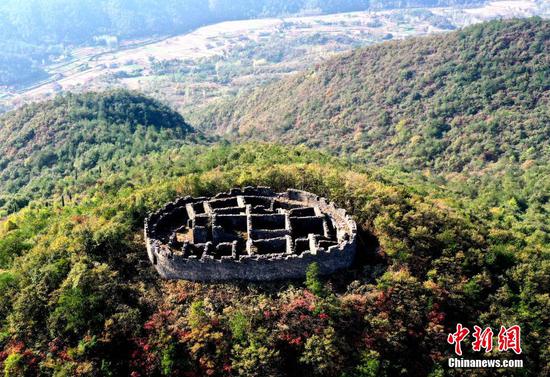

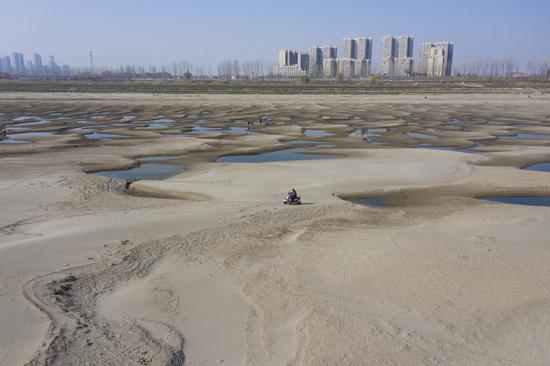



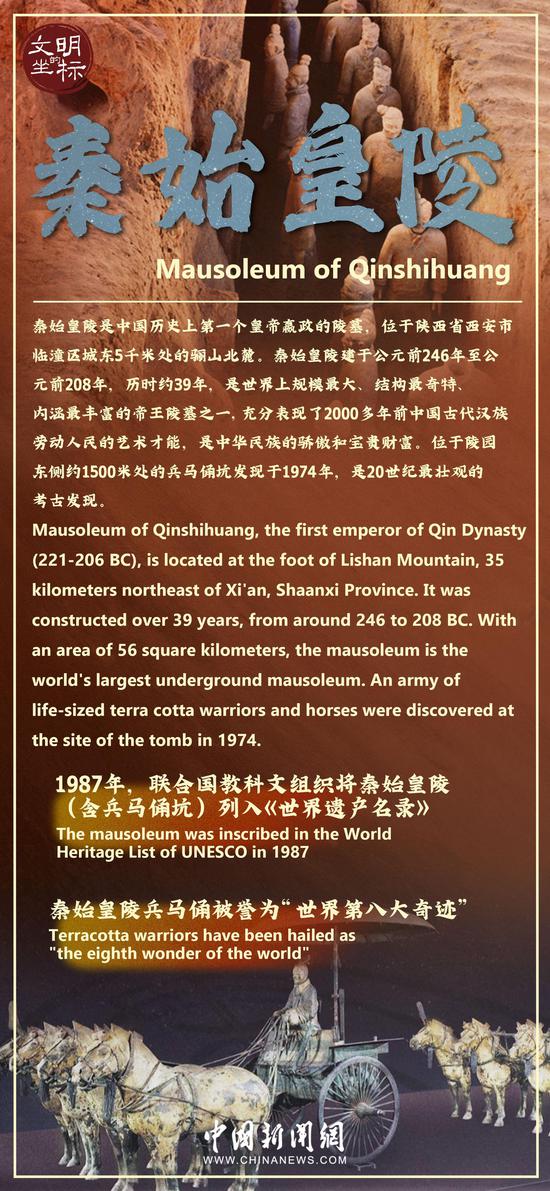
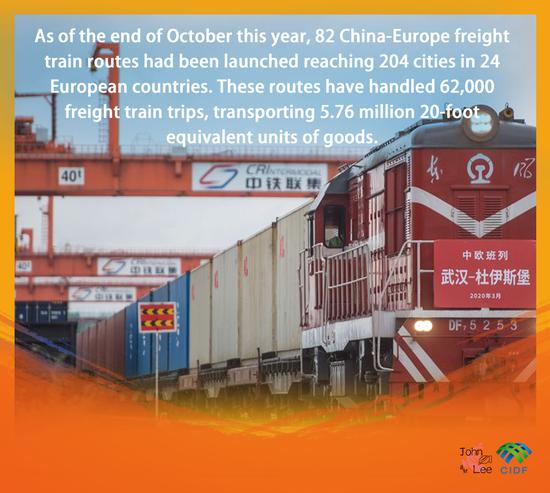
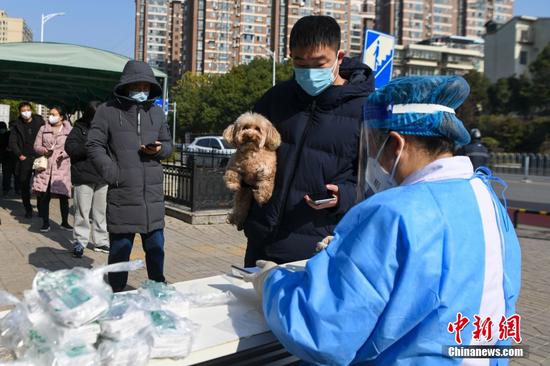






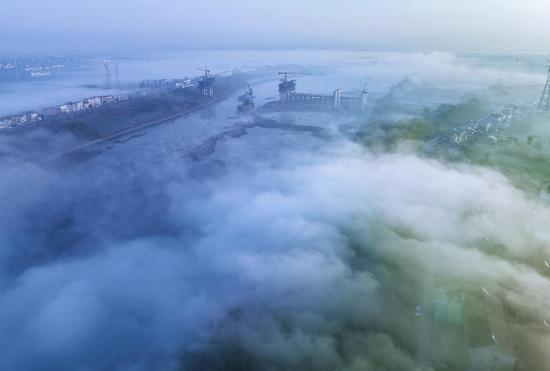
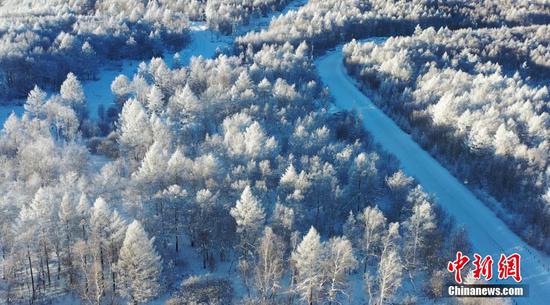

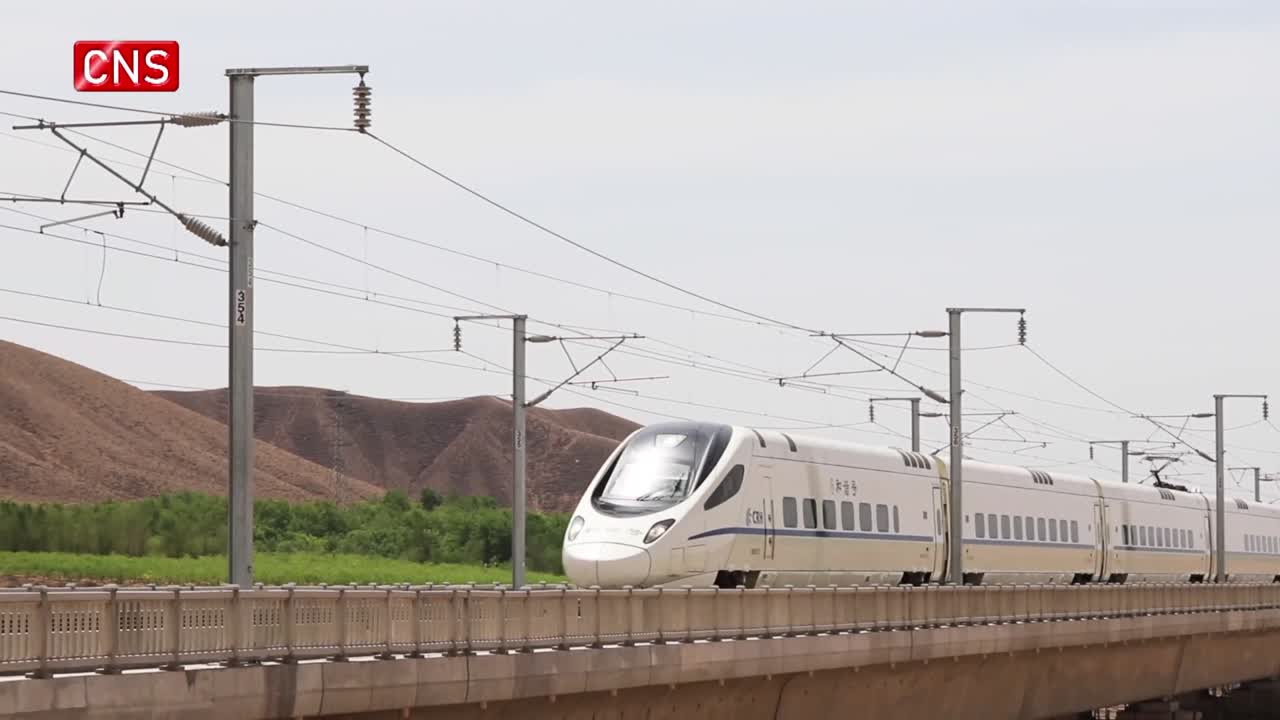

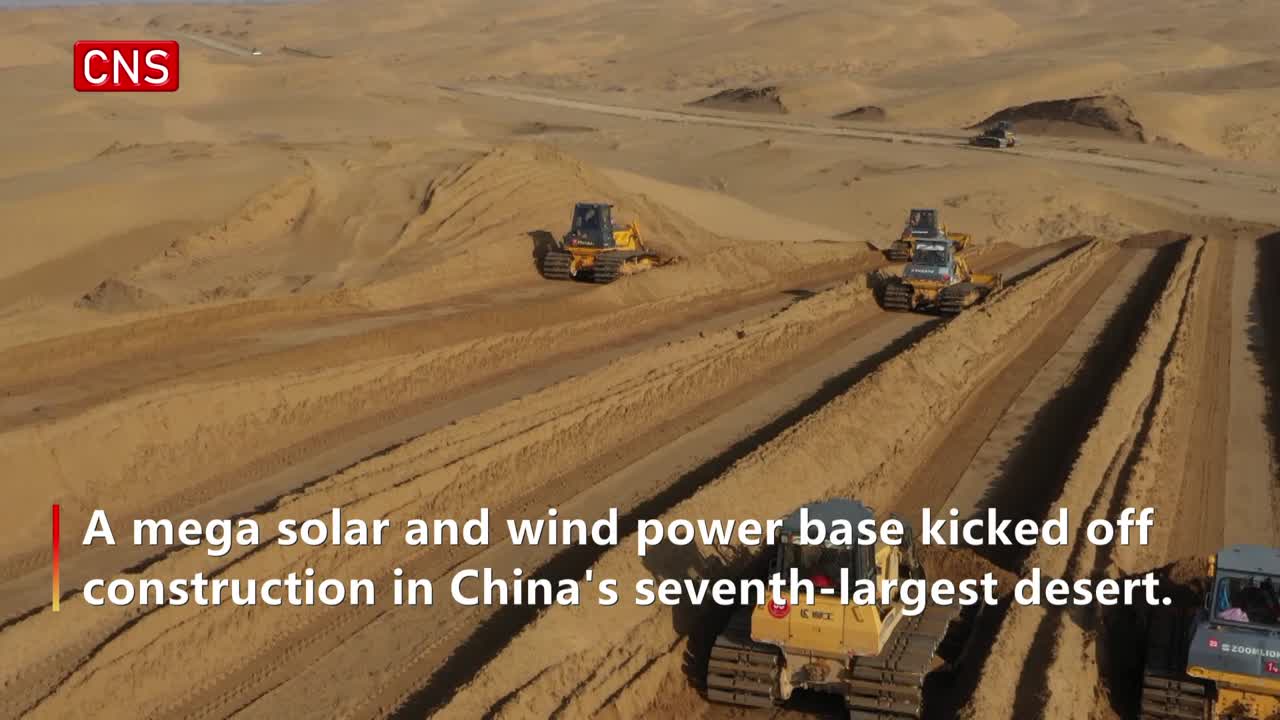

 京公网安备 11010202009201号
京公网安备 11010202009201号